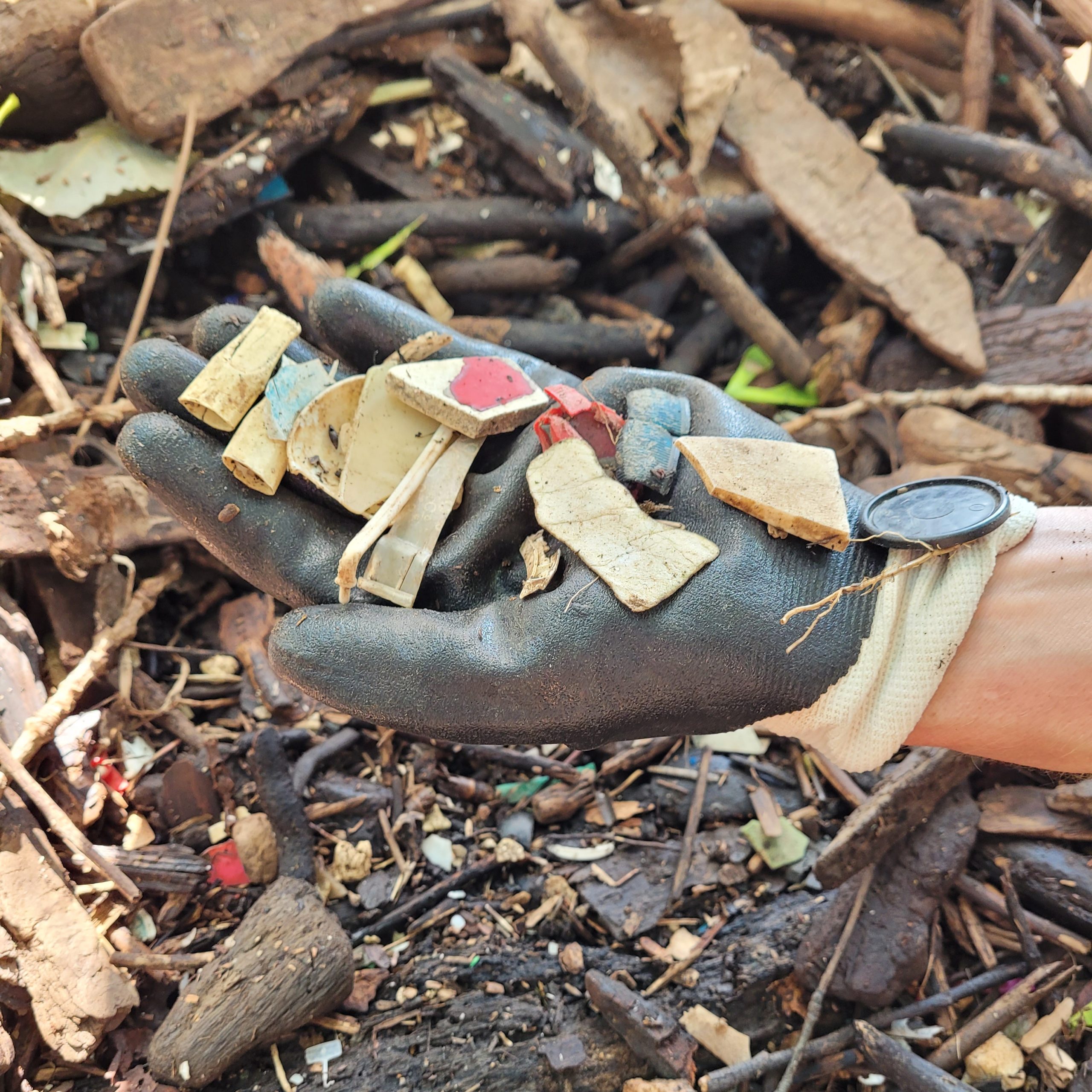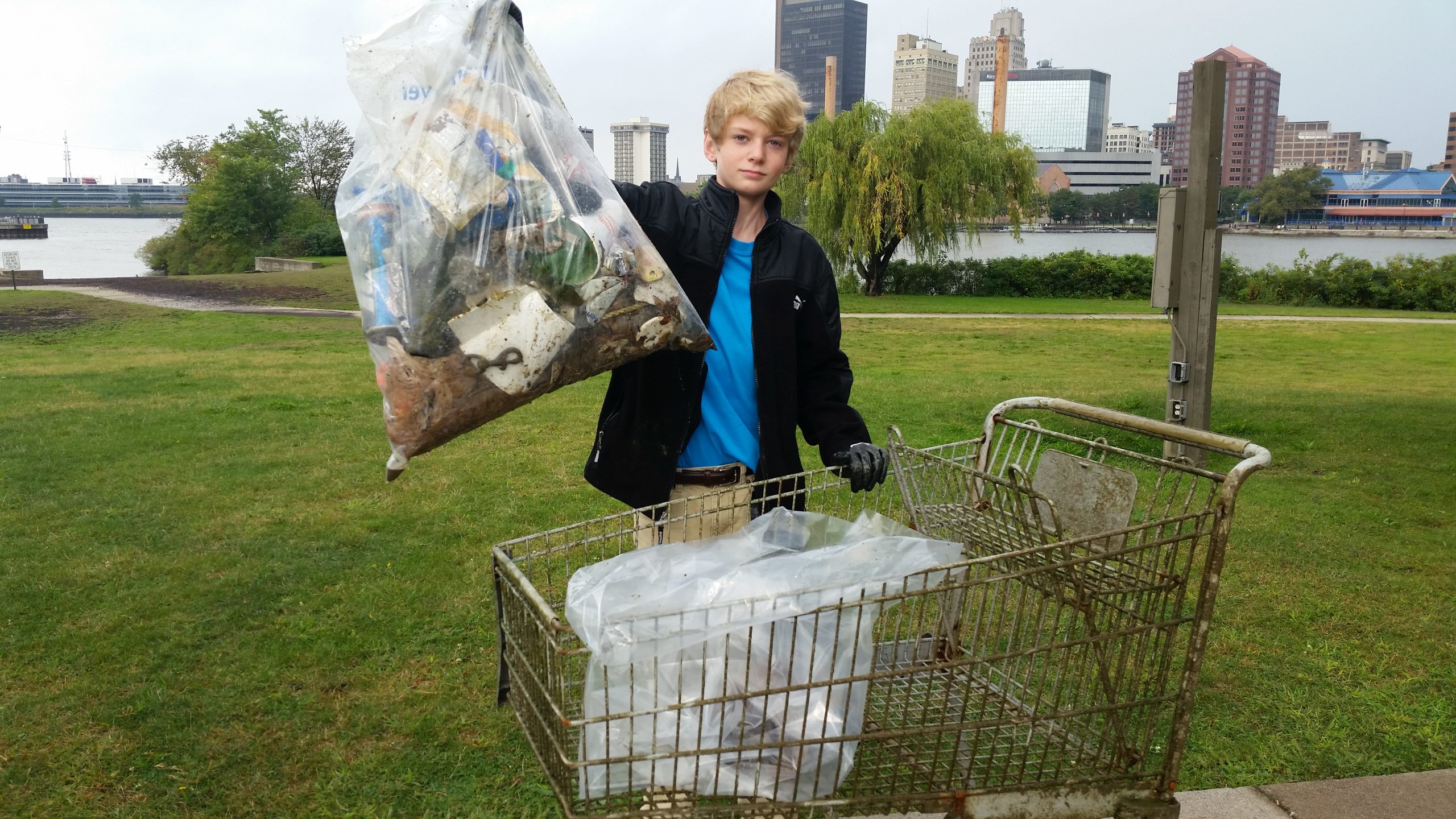
Sources of Marine Debris
Marine debris comes in many shapes, sizes, and forms. From large items like shopping cards or sunken boats to tiny microplastic pellets, if they're disposed of in our waterways, they're considered marine debris. This page focuses in particular on types and origins of plastic debris.
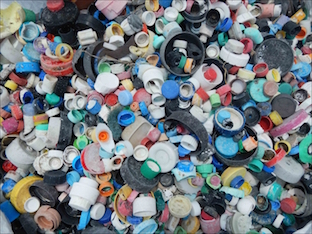
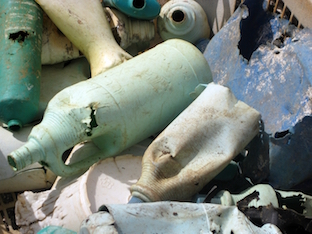
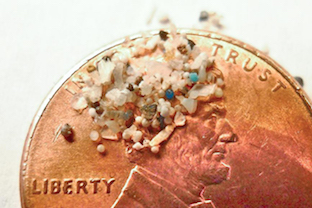
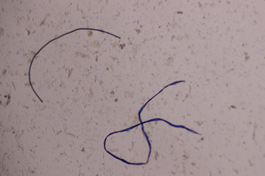
Forgotten But Not Gone: The Fate of Plastic Debris
Through our programs like Clean Your Streams 365 or Get the Lead Out, our volunteers collect more plastic than any other type of marine debris. The majority of this plastic is considered one-time-use plastic products like straws, food wrappers, or water/pop bottles. Unfortunately, plastic only accumulates; it never really leaves the environment.
Colorful plastic is easily mistaken as food by fish or birds. Plastic can accumulate in animal stomachs, causing injury and sometimes death. Entanglement in plastic debris is another serious threat to wildlife. Fishing nets, fishing lines, synthetic ropes, and plastic packaging all act as traps for unwary aquatic life.
At any size, plastic poses a threat to the health of humans and wildlife. Plastics can leach harmful chemicals into waterways, including heavy metals or hormone disruptors like BPA. Even chemicals that have been banned in the past, such as PCBs which were banned in 1979, can continue to negatively effect the environment as marine debris that sticks around in our waterways. Top predators such as birds and mammals are especially susceptible to chemicals from plastics due to the process of bioaccumulation.
Microplastics
Through the process of photolysis, the sun’s energy weakens plastic, slowly breaking it down into smaller and smaller pieces. The smallest of these pieces are called microplastics. Even when plastic becomes so small we can no longer see it with a naked eye, the small beads still maintain the chemical structure of their parent material. Microplastics are small but potent, they accumulate and create problems for marine wildlife, even right here in the Great Lakes region.
Microplastics primarily come from broken-down plastic. However, they can also hide in everyday consumer products, some of which you might have in your bathroom! Microplastics are used in some beauty and cleansing products like face wash, toothpaste, and hand soaps. Look closely at your face wash when you put it in your hand. Do you see small blue or white beads? Those are more often than not, microplastics. Once washed down your drain, they enter the wastewater system. The plastic beads are so small that they are not filtered out of the treated water. Microplastics, like other plastics, are not biodegradable and are, therefore, near impossible to remove. To learn more about personal products that contain microbeads, check out the Beat the Microbead campaign.
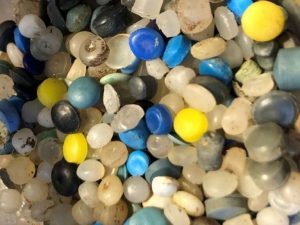
No Butts Allowed
Cigarette butts are consistently one of the top items collected by our volunteers. Whether you smoke cigarettes or not, this should concern you. Cigarettes are detrimental to environmental health for the same reasons they are to human health. Contrary to popular belief, cigarettes are not biodegradable! 95% of cigarette filters are made of cellulose acetate, a plastic that is slow to degrade and persists in the environment for over 400 years. Unfortunately, filters are often consumed by wildlife, mistaking the filters for food. Cigarette chemicals can also leach into water and contaminate it. One cigarette butt leaching chemicals into 2 gallons of water is enough to contaminate it and negatively impact marine species. Please properly dispose of cigarette butts in trash cans, ashtrays, or specific bins for butts!
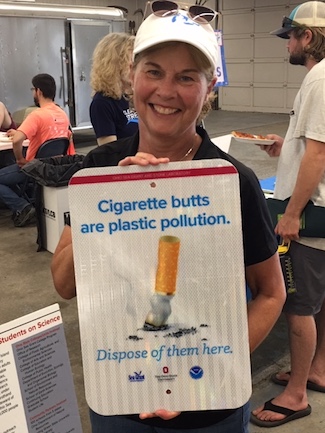
More On Marine Debris
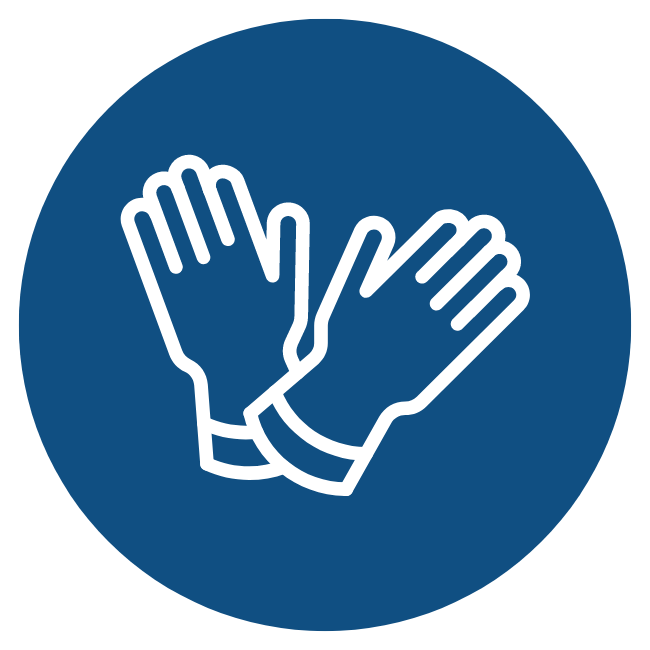
Our Efforts
From Clean Your Streams to Get the Lead Out, learn how our volunteers make a difference.

Join the Fight
Looking for more ways you can make a difference? We’ve put together our top tips.

Resource Collection
This collection includes resources for everyone from grade school to life-long learner adults.

